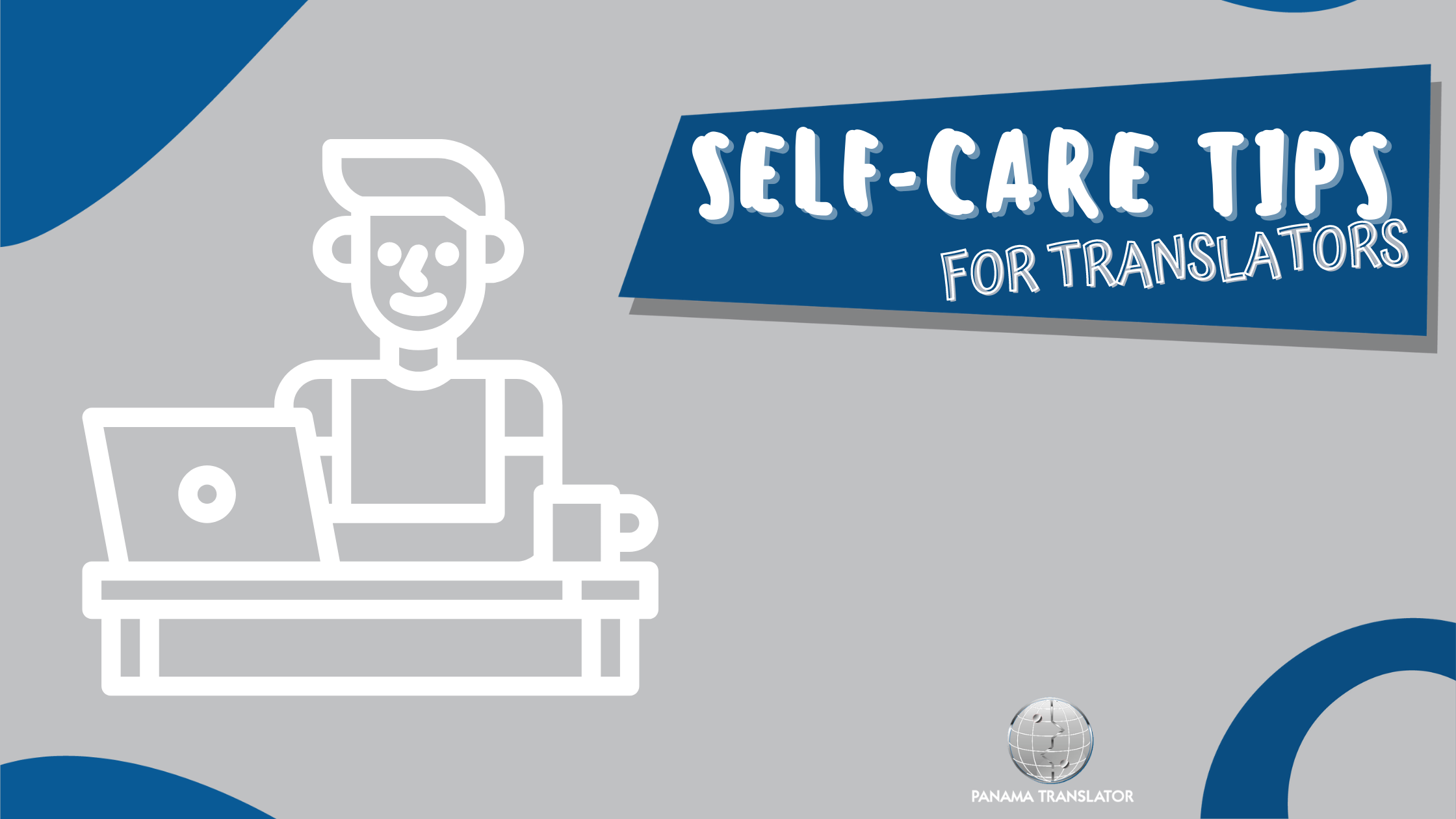Self-care Tips for Translators
As translators, we spend many hours in front of a computer, which can lead to pain, bad posture, and musculoskeletal disorders, affecting various parts of our body such as the neck, shoulders, lower back, and carpal tunnel.
Therefore, we decided to provide some stretching recommendations since self-care should become part of our daily routine. Stretching is an easy, cost-effective, and efficient technique to help loosen your muscles. Moreover, stretching can positively impact your life by reducing stress, improving blood circulation, and increasing your energy levels.
The following stretching exercises are designed for office workers, emphasizing the lower back, neck, shoulders, and hips. We recommend stretching daily (even set a timer to remind you to take a quick stretch) and enjoy working at your workstation and enhance productivity as well.
Please remember to breathe normally throughout the stretches and do not go further than is comfortable.
Five Desk Stretches for Translators
1. KNEE TO CHEST: In a seated position with a straight or supported back, raise your left knee to chest, inhale and hold for 10 seconds. Place the foot back on the ground and continue with the right knee and hold for 10 seconds. Continue for 4 sets each leg.
Muscles involved: Hip Flexor / Glute Muscles.

2. SEATED LAT STRETCH: Raise one arm above your head and bend it slightly across your body. Grab your wrist with the opposite arm and gently tug down to get a deeper stretch. Hold for 30 seconds, repeat 3-5 times per arm.
Muscles involved: posterior arm and dorsal muscles.

3. NECK STRETCH: Seated, without arching your back and shoulders relaxed, slowly move your head backward, so you are looking upward. Hold for 15 seconds. Return to starting position and then move your head forward. This is an excellent exercise to do during work to prevent neck strain.
Muscles involved: neck muscles.

4. SEATED TORSO STRETCH: Gently rotate the torso towards the left side, keeping your hand on the chair and hold for 15 seconds. Repeat on the other side. Variation: cross your legs and press your opposite arm against your crossed leg and bend your other arm against the chair.
Muscles involved: lumbar muscles.
5. SEATED HIP STRETCH: Seated, cross your right ankle over the left knee. Gently lean in forward while keeping your back straight throughout. Try to reach your torso and feel the stretch in your right glute and hip. Now press down your right knee and deepen in the time. Hold the posture for about 20 seconds and take a few deep breaths. Switch the position and repeat the exercise with another side
Muscles involved: gluteus medius, hips, and part of the biceps.














